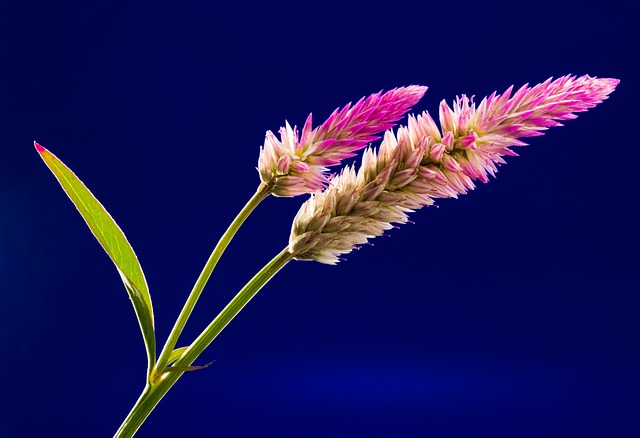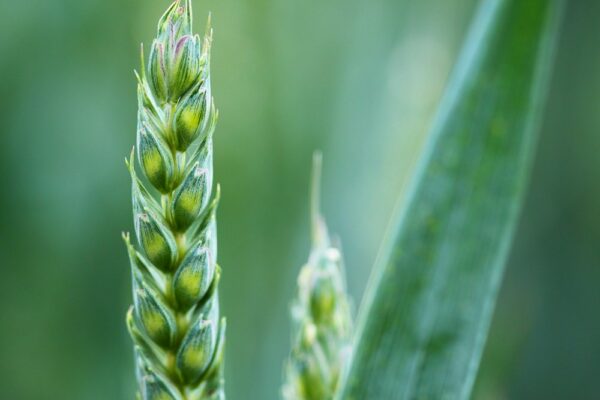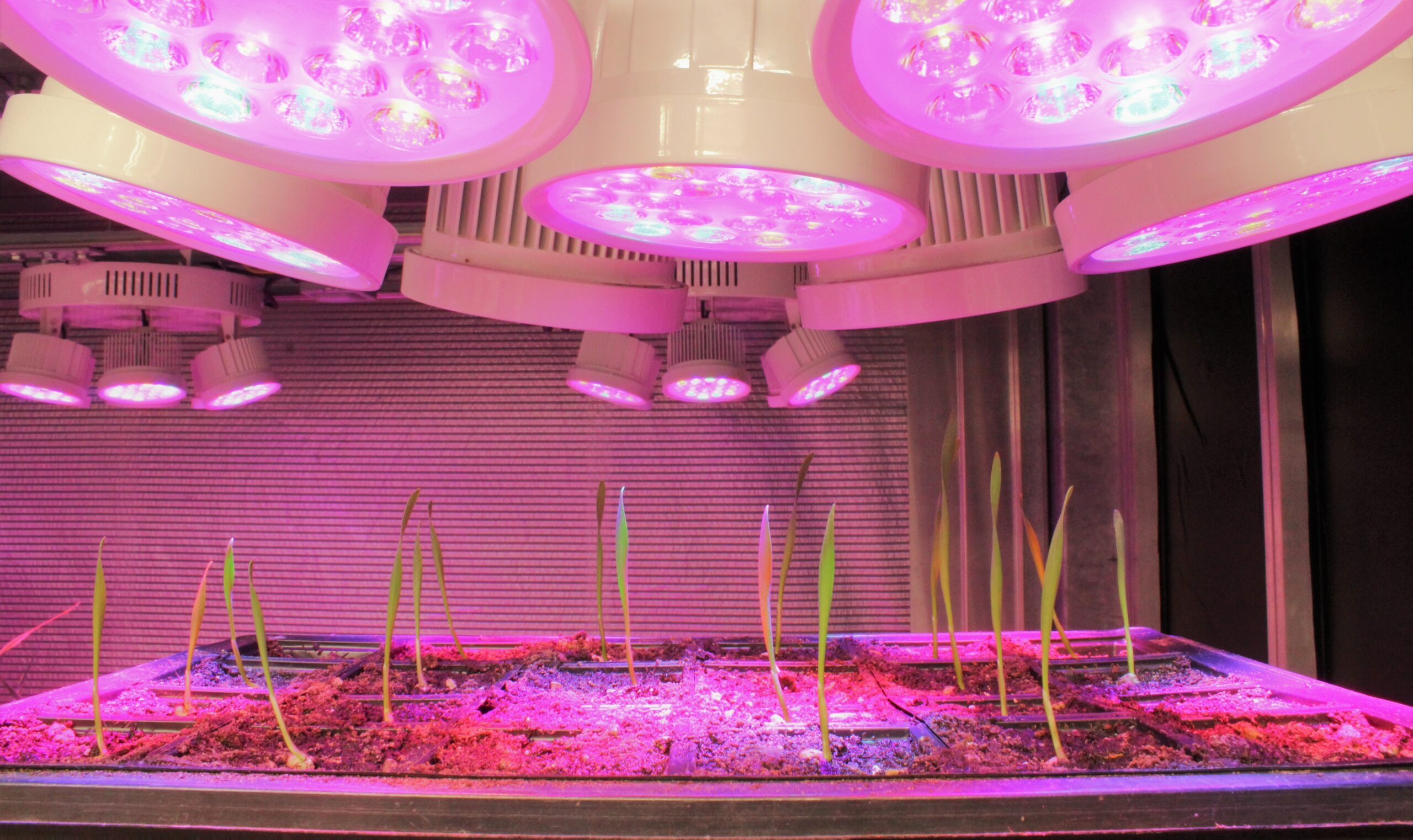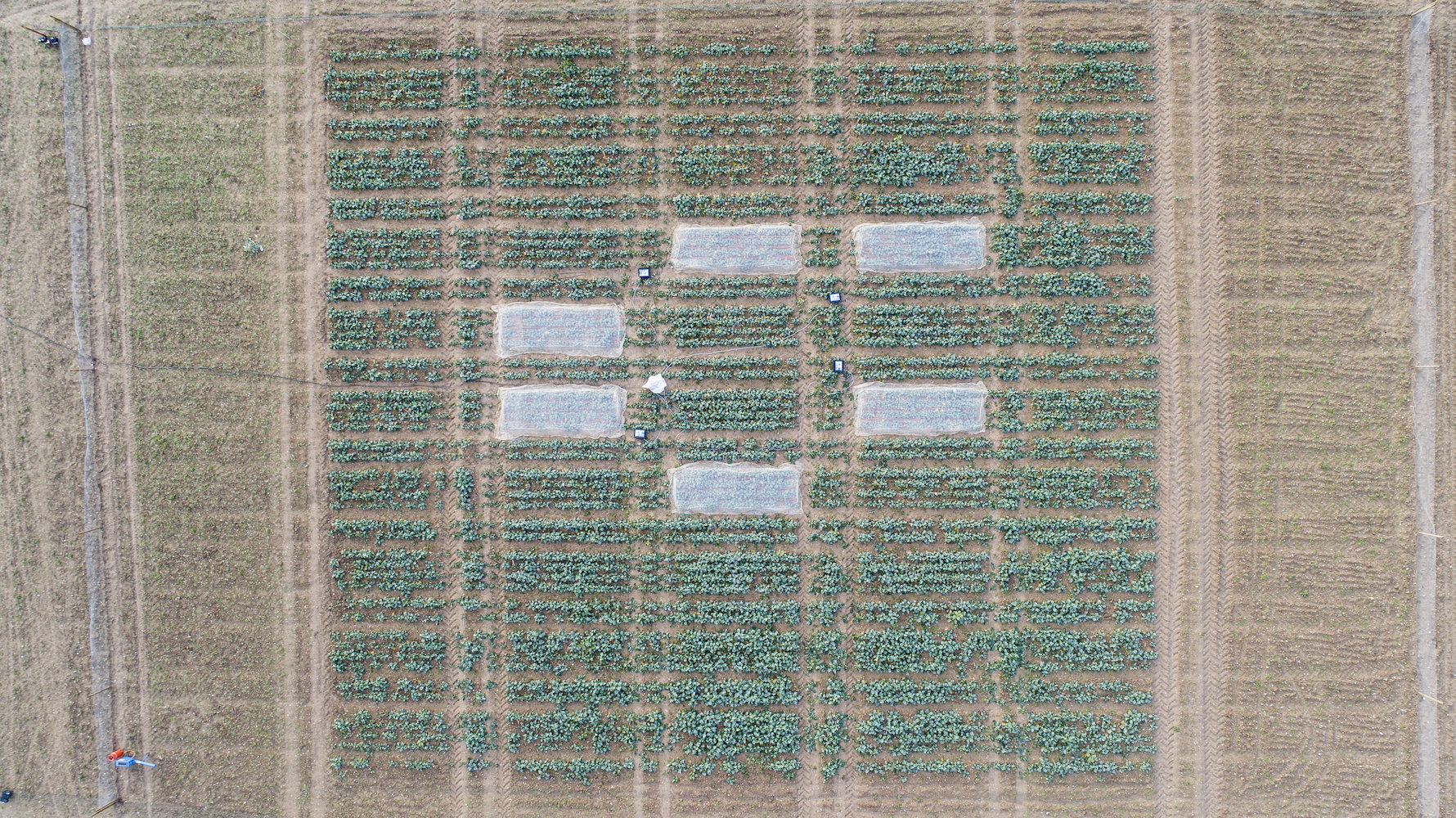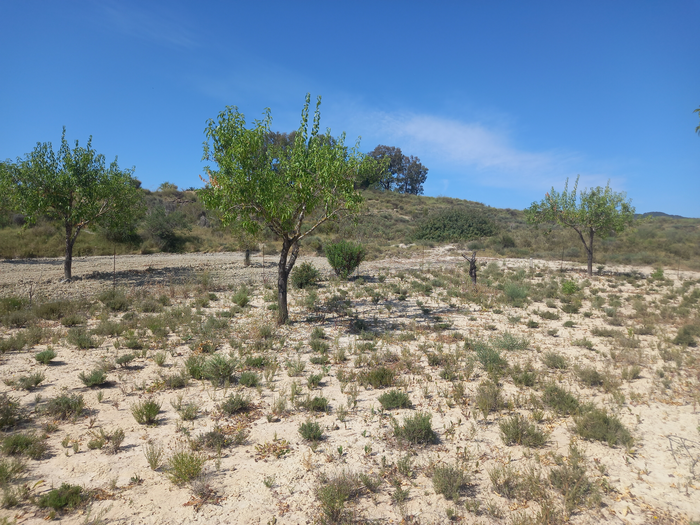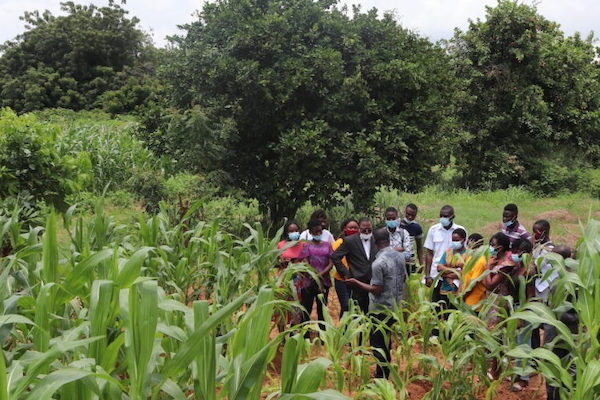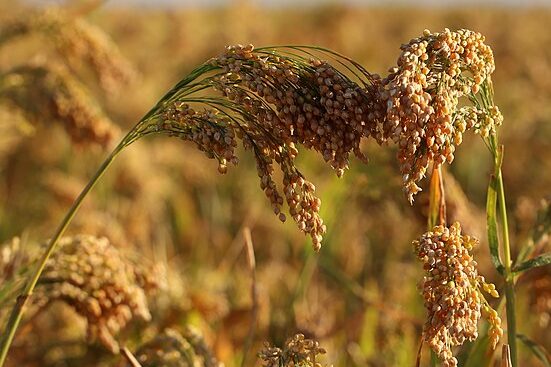
Foxtail millet, Setaria italica, is one of the oldest and more resilient crops worldwide. Compared to rice and wheat, millet has excellent climate resilience and requires less fertilizer, pesticides, and irrigation than mainstream cereals. In addition, millet-based foods are nutritionally superior…
Read More



